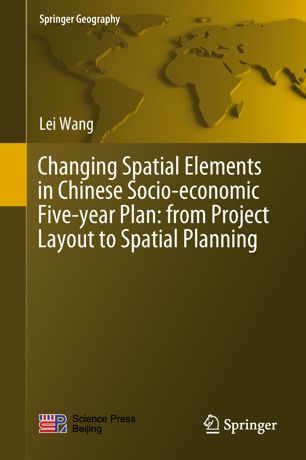

Most ebook files are in PDF format, so you can easily read them using various software such as Foxit Reader or directly on the Google Chrome browser.
Some ebook files are released by publishers in other formats such as .awz, .mobi, .epub, .fb2, etc. You may need to install specific software to read these formats on mobile/PC, such as Calibre.
Please read the tutorial at this link: https://ebookbell.com/faq
We offer FREE conversion to the popular formats you request; however, this may take some time. Therefore, right after payment, please email us, and we will try to provide the service as quickly as possible.
For some exceptional file formats or broken links (if any), please refrain from opening any disputes. Instead, email us first, and we will try to assist within a maximum of 6 hours.
EbookBell Team

4.8
34 reviewsAs a legacy of the socialist state with central planning, Five-Year Planning (FYP) is very important in regulating socio-economic and spatial development even in post-reform China. This book tries to fill the research gap between examining the role of FYP and how spatial elements in the FYP mechanism have operated and transformed in spatial regulatory practices in transitional China. By building a conceptual framework and studying two empirical cases at different spatial scales, with the help of both qualitative and quantitative methods, it helps to understand various stakeholders, institutions and planning administrations, mechanisms of articulating spatial planning into the FYP system and the effectiveness of spatial planning in solving place-specific governance issues in urban and regional China.